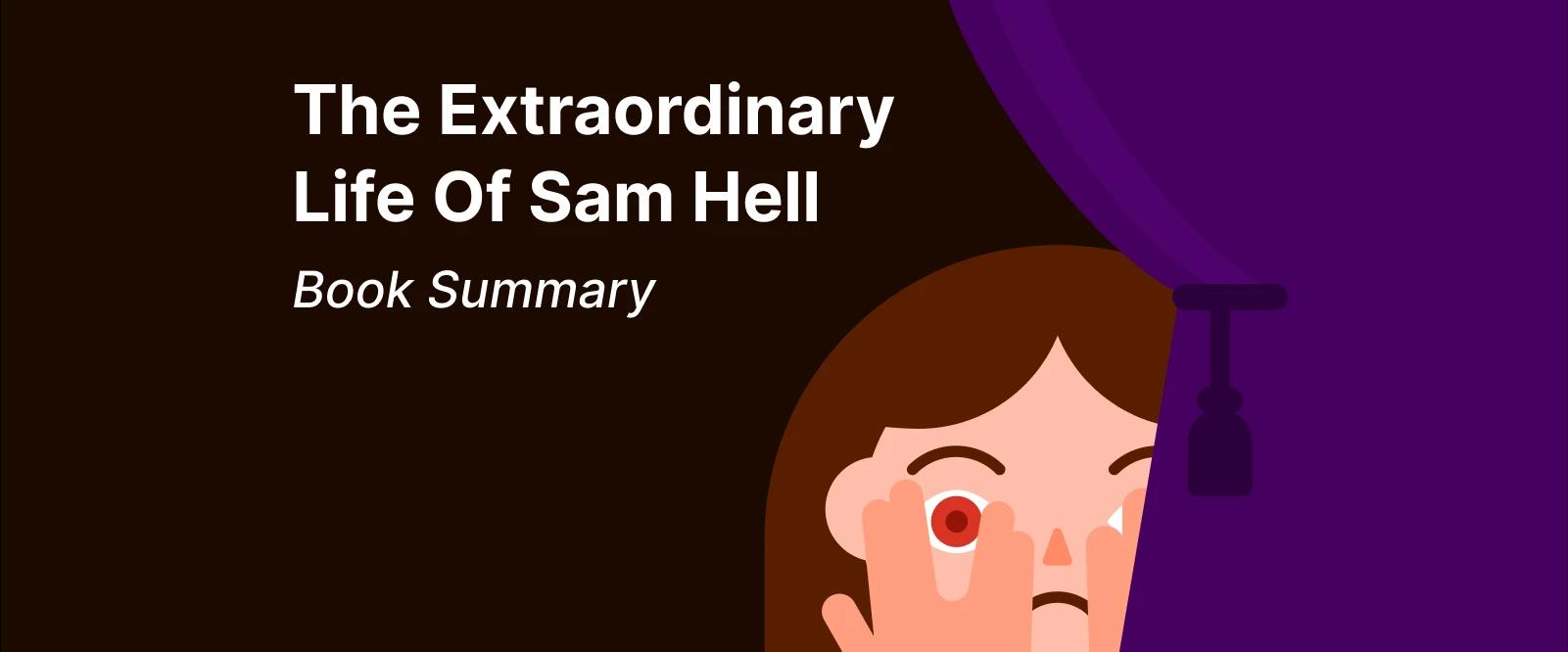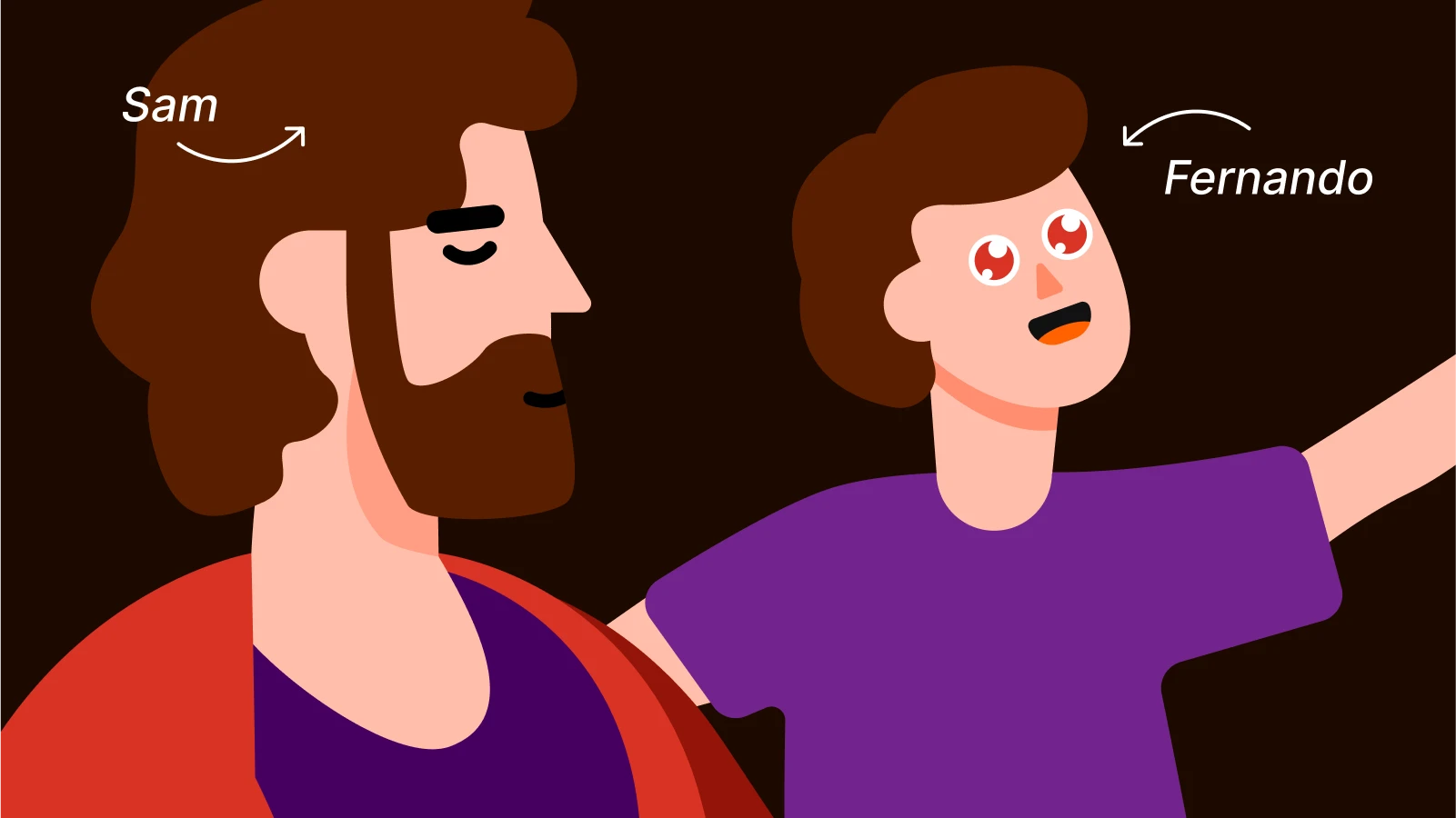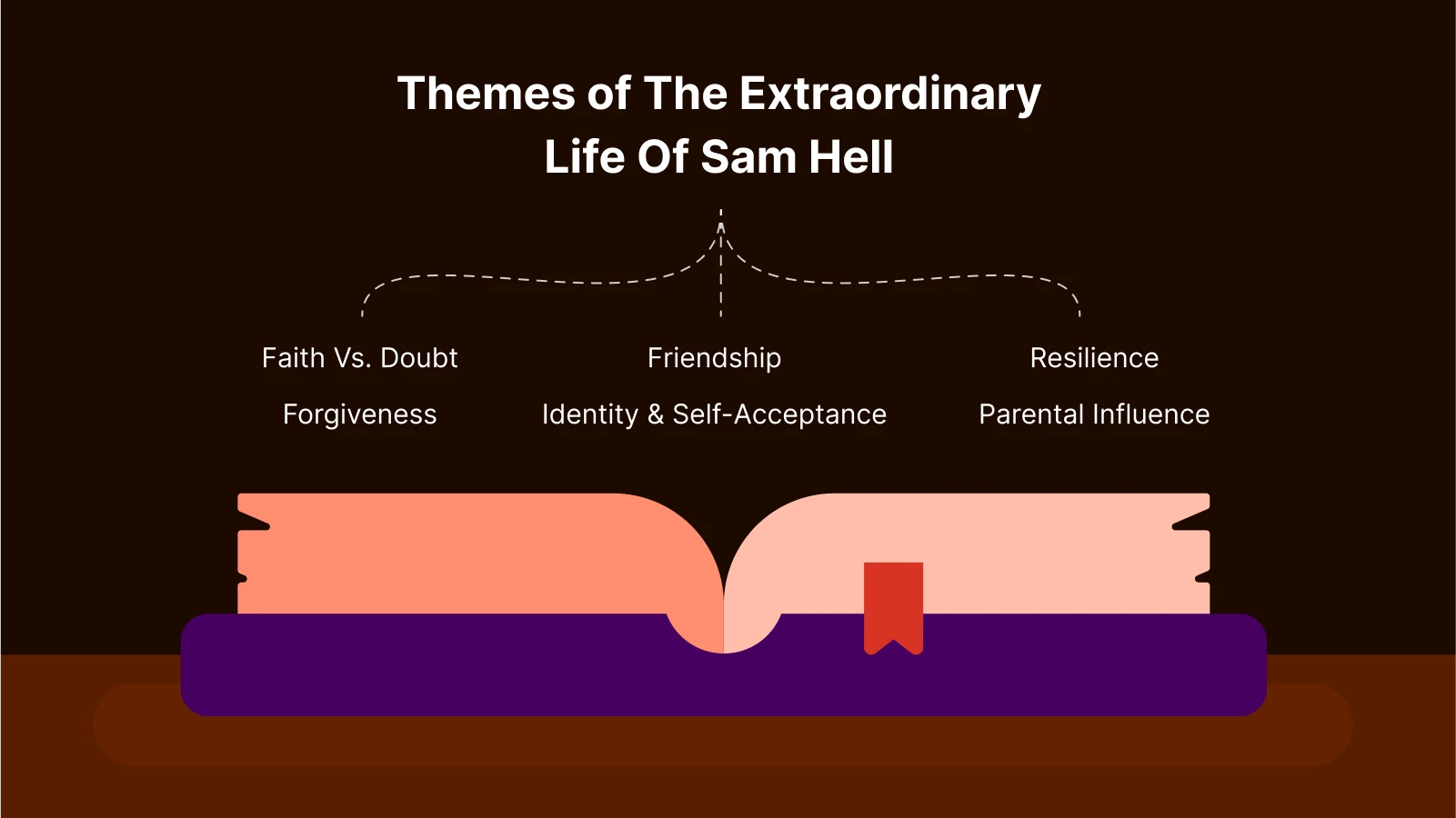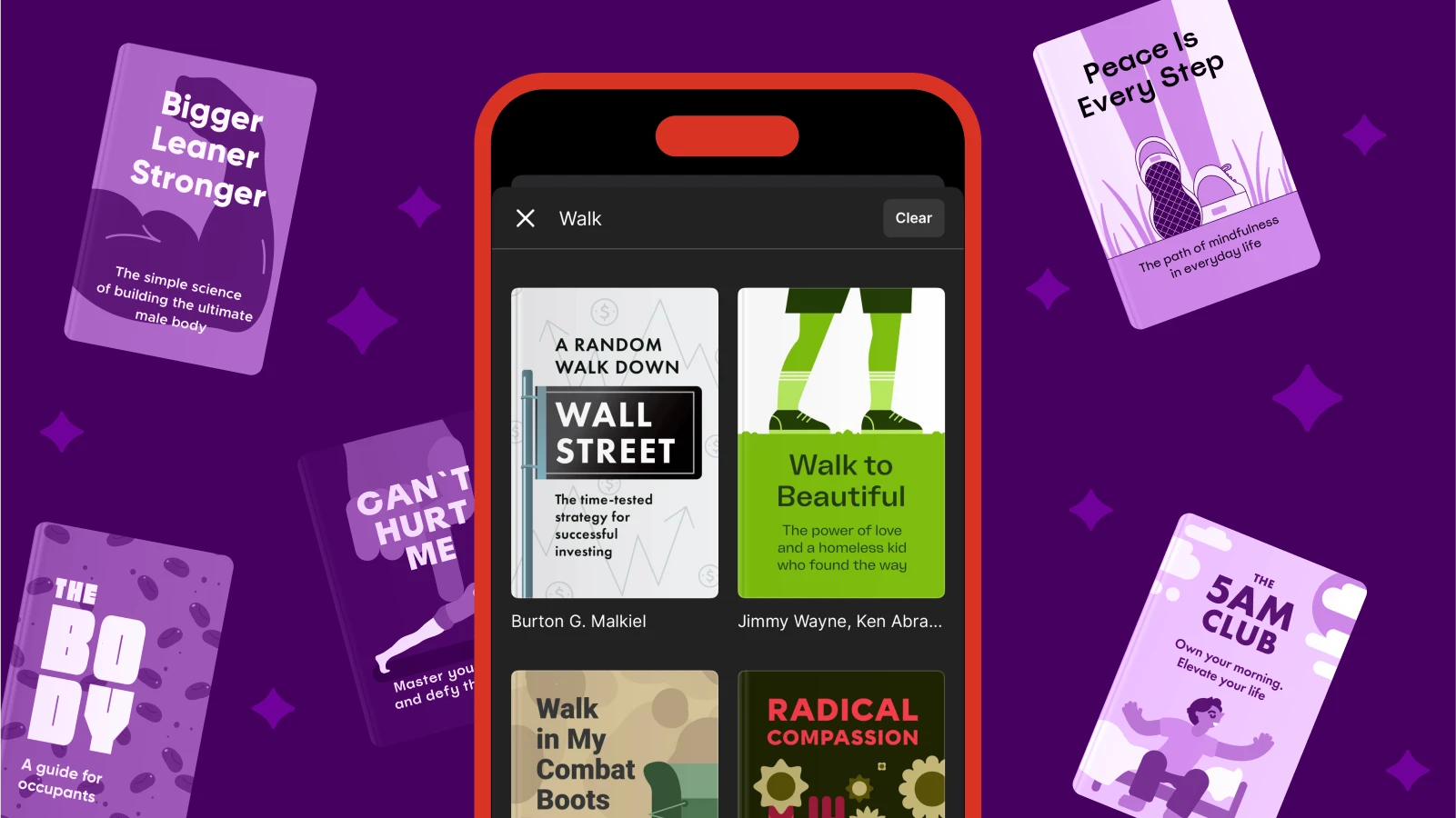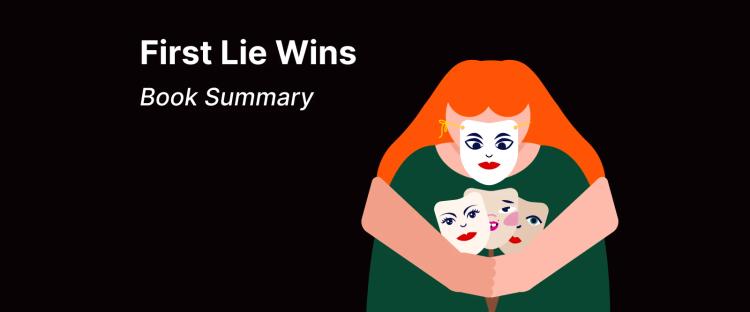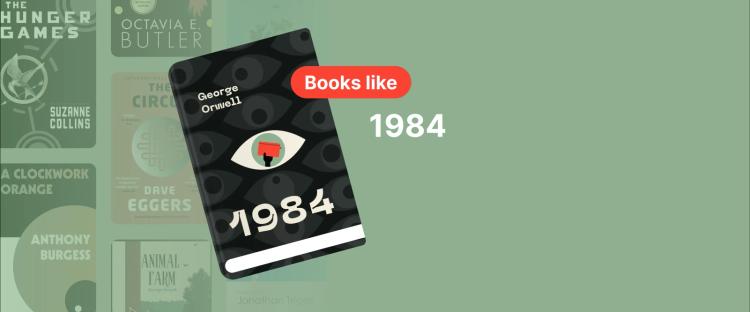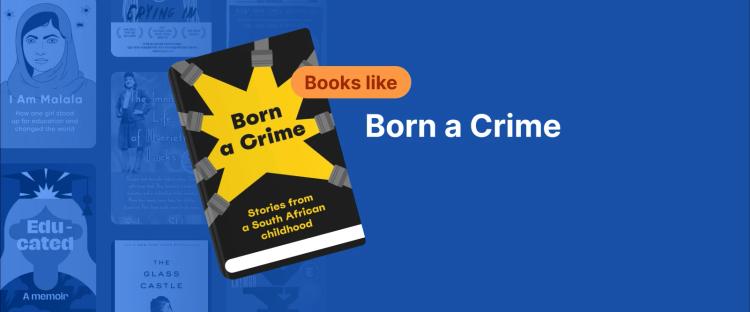In this 'The Extraordinary Life of Sam Hell' summary, we'll see how bestselling author Robert Dugoni crafts a deeply moving historical fiction novel about resilience, faith, and identity. Through the eyes of Sam Hill, a boy born with ocular albinism, Dugoni explores what it means to be different.
The novel's impact was immediate and widespread. On October 14, 2018, the New York Times recognized it on its Audio Fiction Best Sellers list, proving that readers connected deeply with Sam's journey of self-acceptance.
Stories like Sam's remind us why personal growth matters in our daily lives. If you're drawn to books that challenge you to see yourself differently, check out the Headway. This app offers summaries of bestselling authors' on overcoming obstacles, condensed into 15-minute segments.
Whether you're curious about resilience, identity, or faith, download Headway today to access these life-changing insights right from your phone.
Quick overview
One-sentence summary: A moving story about resilience and forgiveness told through the eyes of a boy ostracized for his rare condition
Author: Robert Dugoni
Publication date: 2018
Genre: Literary fiction / Coming-of-age
Pages: ~448
Core themes: Faith vs. doubt; Forgiveness; Resilience; Parental influence; Friendship; Identity and self-acceptance
'The Extraordinary Life of Sam Hell' plot summary
At its heart, it's a journey through the decades, charting the life of a boy born differently and the man he becomes through the trials of his faith.
Robert Dugoni structures the novel in three phases: childhood, adolescence, and adulthood. Each phase reveals how Sam's red eyes become both a source of pain and a trampoline for growth.
Childhood and school years
Sam Hill was born in 1957 in Burlingame, California, with a rare condition that gives him striking red eyes. His devout Catholic mother, Madeline, sees this as "God's will," while the world around him brands him as "Devil Boy."
At Our Lady of Mercy Catholic School, Sam faces relentless torment, especially from David Bateman, the quintessential school bully. Sam finds solace in two unlikely allies: Ernie Cantwell, the only African American student, and Mickie Kennedy, a fearless girl who defies norms. Their friendship will help Sam face the cruelty of others and Sister Beatrice's discipline more easily.
Adolescence
From the first year of high school, Sam begins to question his faith and identity. He struggles to reconcile his mother's belief in God. Though he excels academically, Sam struggles to fit in. His romantic entanglement with Donna, the trapped girl, leaves him with emotional scars. Mickie remains a loyal friend, challenging Sam to see beyond superficial acceptance.
When his father suffers a stroke, Sam postpones college to run the family pharmacy, further distancing himself from the Catholic faith.
Adulthood and resolution
Years later, Sam becomes an ophthalmologist and co-runs an eye clinic with Mickie. Life seems stable until Daniela Bateman, the abused daughter of his childhood school bully, enters his clinic. This encounter triggers a reckoning with his past.
After a tragic accident claims his partner Eva, Sam retreats to Costa Rica, where he meets Fernando, a boy with the same eye problem as his. Adopting Fernando becomes a turning point for Sam.
Sam returns home to care for his dying mother and finally confronts David Bateman. Through forgiveness and self-acceptance, Sam completes his journey from outcast to healer.
'The Extraordinary Life of Sam Hell' characters and themes
The emotional depth of 'The Extraordinary Life of Sam Hell' is in the plot and in the characters who shape Sam's journey. Every chapter has powerful themes that reside in the main character's internal and external struggles.
Character profiles
Sam Hill: Born with ocular albinism, Sam is the beating heart of the story. Sensitive, intelligent, and introspective, he navigates a world that constantly tries to reject him. His journey from shame to self-acceptance is both painful and inspiring. He learns to embrace his uniqueness and find purpose in helping others.
Madeline Hill: Sam's mother is a pillar of faith and fierce maternal love. Her belief that Sam's condition is "God's will" becomes both a shield and a source of tension. She challenges authority and defends her son with lion-like devotion. She also instills in him a moral compass that guides him long after her death.
Ernie Cantwell: Ernie is Sam's first and best friend. He is the only Black student at their Catholic school, so he faces his own battles. Their friendship is a testament to the power of solidarity in the face of adversity.
Mickie Kennedy: With a bold and rebellious personality, Mickie defies society's expectations and befriends the kid with strange eyes. She challenges him to think critically, stand up for himself, and question the world around him. Their bond is deep and complex, evolving from childhood camaraderie to adult partnership.
Sister Beatrice: As the stern and often cruel nun at Our Lady of Mercy, Sister Beatrice embodies the rigid, punitive side of institutional religion. Her treatment of Sam and Ernie reflects the prejudice and intolerance of the era, making her a symbol of the obstacles Sam must overcome.
Fernando: A young boy with ocular albinism whom Sam meets in Costa Rica, he represents a mirror of Sam's younger self: innocent, vulnerable, and in need of love. By adopting Fernando, Sam not only offers him a future but also heals a part of his own past.
Themes
From fierce loyalty to spiritual conflict, the novel explores how relationships and beliefs evolve over time, and how they ultimately define who we become.
Faith vs. doubt: The novel explores the tension between inherited belief and personal conviction. Sam's mother's devout Catholicism provides comfort and structure, but Sam's experiences force him to question the nature of God, suffering, and destiny. His spiritual journey is not about rejecting faith, but reshaping it into something authentic.
Forgiveness: Forgiveness is a central theme, especially in Sam's final confrontation with David Bateman. Through that scene, Dugoni shows how it can help unburden the soul. Sam reclaims his confidence by not following a path of revenge.
Resilience: Sam grows stronger by facing his bullies; thus, his life becomes a lesson in resilience. He chooses to be better than his cruel colleagues and to find a purpose in suffering. All these elements make his story extraordinary.
Parental influence: His mother's unconditional love has an influence on Sam's values. Even when he questions her beliefs, her presence remains a firm moral reference.
Friendship: Sam's friendships with Ernie and Mickie are like lifelines for him. They accept him for who he is, push him to think differently, and always have his back when the rest of the world seems to turn away.
Identity and self-acceptance: Sam's journey is about embracing who he is. Where they once were a source of shame, his red eyes become a symbol of his uniqueness and strength. The novel encourages readers to see the gifts in being different.
Medical and historical context of 'The Extraordinary Life of Sam Hell'
Understanding Sam Hill's journey calls for insight into the medical condition that shaped his life and the historical setting that amplified his struggles. This section offers a brief look at ocular albinism and the cultural climate of Catholic schools in mid-20th-century California, helping us appreciate the depth and authenticity of Sam's experience.
Ocular albinism
Ocular albinism is a genetic condition that affects how the eyes get their color. Because of that, people with this condition often have red or very light-colored irises, and they might also struggle with their vision. They tend to be emotionally isolated because of their differences and may even face bullying or discrimination, especially in childhood.
Catholic schools across 1960s–70s California
Catholic schools during this period were known for strict discipline, founded in religion. They frequently used physical punishments, and students who did not fit in their norms, racially or in behavior, often faced mistreatment. Dugoni's presentation of Our Lady of Mercy reflects this rigid environment, highlighting the emotional toll on children like Sam and Ernie.
Author and inspiration
Robert Dugoni is a bestselling author mostly known for his legal thrillers, including the Tracy Crosswhite series. With 'The Extraordinary Life of Sam Hell,' Dugoni stepped away from courtroom drama to deliver a deeply personal and emotionally resonant coming-of-age story. The novel was published by Lake Union Publishing and quickly gained traction across platforms like Amazon and Goodreads, where readers classified it as one of Dugoni's best books.
The audiobook version became a standout on Audible, where listeners praised the author's performance of bringing Sam's voice to life. The audio format added another layer of intimacy to the story, making it accessible to a wider audience and earning high ratings from subscribers.
Sam Hell's story revealed a more introspective and emotionally layered voice. In contrast, 'My Sister's Grave' showcased his mastery of suspense. Dugoni's work is comparable to John Irving's novels, which explore how trauma and faith mix with tenderness and wit.
Key lessons and growth takeaways
Robert Dugoni's 'The Extraordinary Life of Sam Hell' is a layered exploration of identity, resilience, and redemption. This section unpacks the deeper meanings behind the novel's most powerful motifs, revealing how they shape the emotional and philosophical core of the story.
1. The color red: Visibility and judgment
Sam's red eyes, caused by ocular albinism, are the most literal and symbolic representation of being "different."
Red becomes a metaphor for how society marks and isolates those who don't conform.
It also evokes intense emotions, such as anger, shame, and eventually pride, as Sam learns to reclaim his identity.
2. Catholicism: Faith, morality, and authority
Catholic school is society's moral guide. However, it becomes a source of oppression in Sam's life.
His mother's belief that Sam is "God's will" introduces the theme of divine purpose. This concept is mixed with the topics of sin and forgiveness throughout the novel.
The Church's rigid structure is a contrast to Sam's evolving sense of personal morality.
3. Family: Protection and pressure
Sam's mother represents unconditional love, and his father embodies quiet strength.
Each parent has a different approach to Sam's education. One looks to prepare him for the world, while the other wants to protect him.
Family also symbolizes self-identity and the struggle to respect the upbringing while creating an independent path.
4. Bullying and resistance: Power and growth
David Bateman's cruelty is a symbol of society's prejudice and unchecked power.
Sam's passive and active resistance reflect the journey from victim to having the ability to act independently.
The theme evolves as Sam learns that true strength lies in self-respect and the ability to forgive.
5. Identity and self-acceptance: The inner journey
Sam's struggle with his appearance mirrors a universal quest for self-worth.
The novel explores how both internal beliefs and external perceptions shape identity.
His eventual acceptance of his red eyes becomes a powerful metaphor for embracing personal uniqueness.
Ready for your own journey? Start with Headway
Sam Hell's journey is a testament to the power of perseverance and self-belief. It's a mirror held up to anyone who's ever felt different or struggled to find their place in the world. Through Sam's journey, Robert Dugoni reminds us that our greatest challenges can become the source of our deepest strength.
If you're drawn to stories that inspire growth and challenge your thinking, Headway is your next step. Headway helps you absorb the wisdom of powerful narratives like Sam's through expertly curated book summaries and insights, without needing to carve out hours of reading time.
Whether you're seeking personal development or emotional healing, Headway brings inspiring titles right to your fingertips. Don't just read about growth, live it.
Download Headway now and start your journey toward personal development with life-changing book summaries and actionable insights.
Frequently asked questions about The Extraordinary Life of Sam Hell summary
What condition did Sam Hell have?
Sam Hell was born with ocular albinism, a rare genetic condition that caused his pupils to appear red. While the condition didn't affect his vision, it made him physically different and subjected him to relentless bullying and social isolation throughout his childhood.
What does Sam's ocular albinism symbolize?
It symbolizes the burden and beauty of difference. Sam's red eyes mark him as "other," but they also become a lens through which he learns compassion, strength, and a sense of purpose.
Is 'The Extraordinary Life of Sam Hell' a true story?
No, it's a work of fiction. However, Dugoni was inspired by real events and personal experiences, including a news story about the devil boy with red eyes and his own family's journey with disability.
Why did Dugoni choose this setting and era?
The 1960s–70s Catholic school setting reflects a time of rigid discipline and limited tolerance, amplifying Sam's struggle for acceptance. It also mirrors Dugoni's own upbringing and cultural context.
Who's Ernie Cantwell?
Ernie Cantwell is Sam's best friend and the only African American student at their Catholic school. Despite facing his own challenges, he helps Sam navigate bullying and discover his inner strength.
What's Robert Dugoni's best book?
'The Extraordinary Life of Sam Hell' is widely considered Dugoni's masterpiece. It earned recognition from Newsweek Magazine as one of the Best Books of All-Time and won Suspense Magazine's 2018 Book of the Year, standing out for its emotional depth and unique storytelling.
Should I read Robert Dugoni's books in order?
For series like Tracy Crosswhite, yes — reading in order helps with character development. However, 'The Extraordinary Life of Sam Hell' is a standalone novel that doesn't require reading other books first. You can enjoy it independently of Dugoni's other works.
If I am considering 'The Extraordinary Life of Sam Hell' for a book club, what age group is it best suited for?
'The Extraordinary Life of Sam Hell' is best suited for mature readers, starting from ages 15–17, for book club book reviews. While the coming-of-age themes would resonate with younger teens, the book contains some adult content that makes it more appropriate for older high school students and adults.

